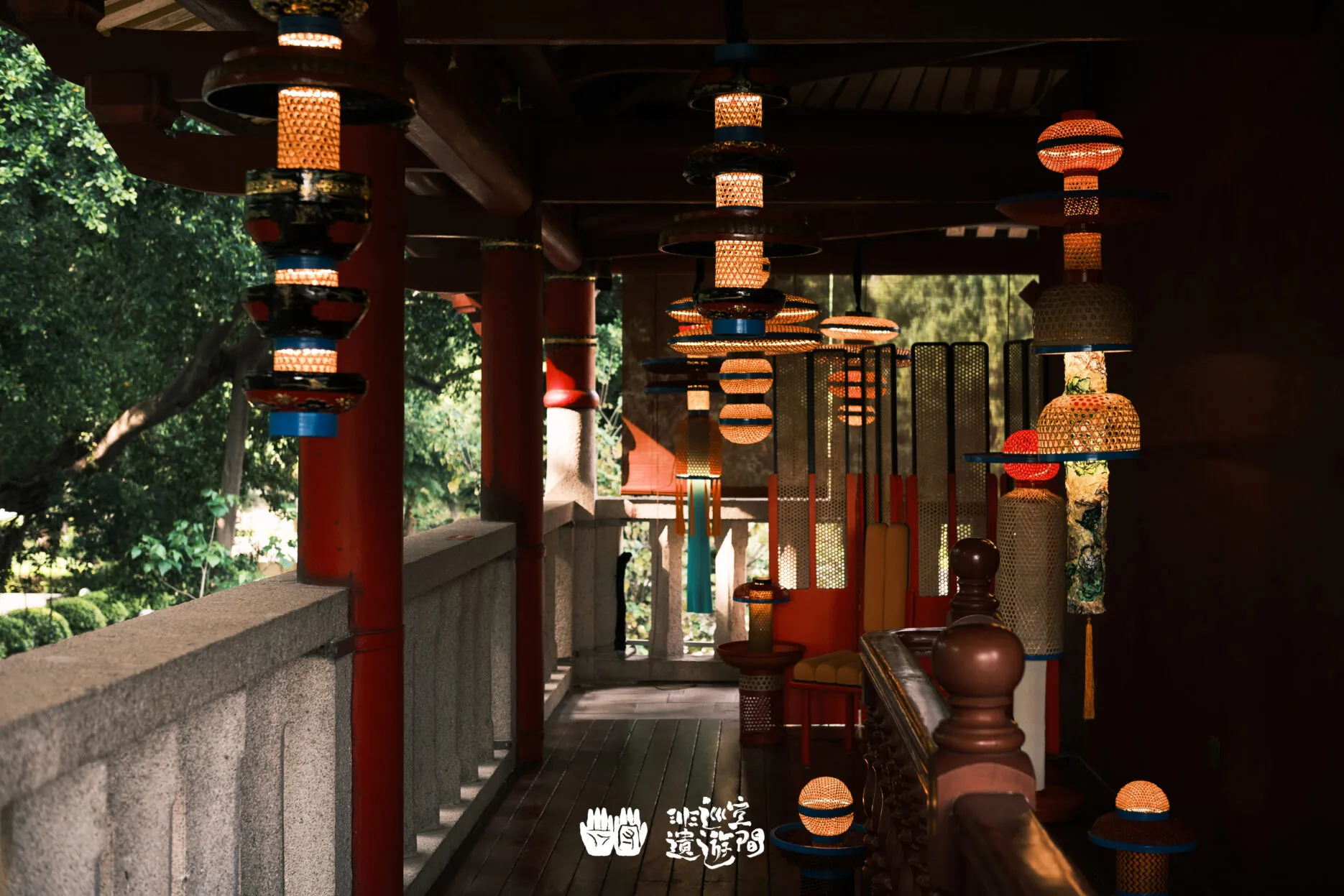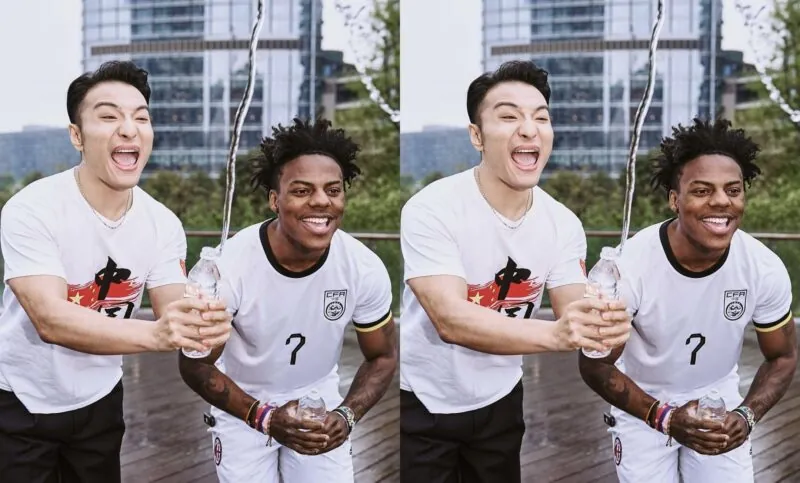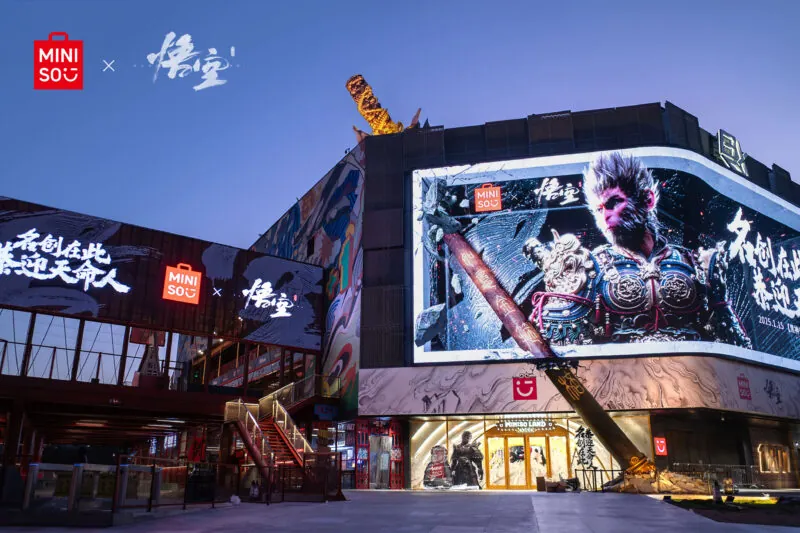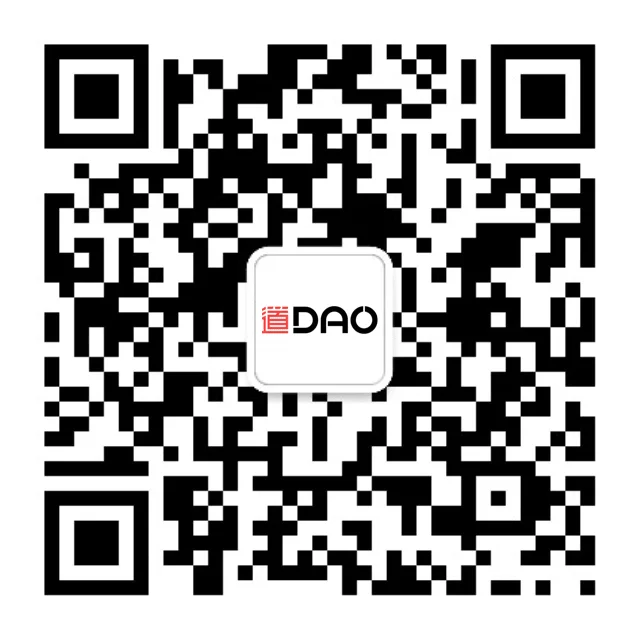Since last year, cultural marketing has been one of the top strategies for brands and marketers in China. Cultural marketing here means marketing campaigns and strategies that put cultural elements at their centre. Recently, Social Beta sifted through the cultural marketing campaigns from China of the past year and created a report of the top 10 trends they found. In this article, we will share some of the highlights with you.
Intangible cultural heritage
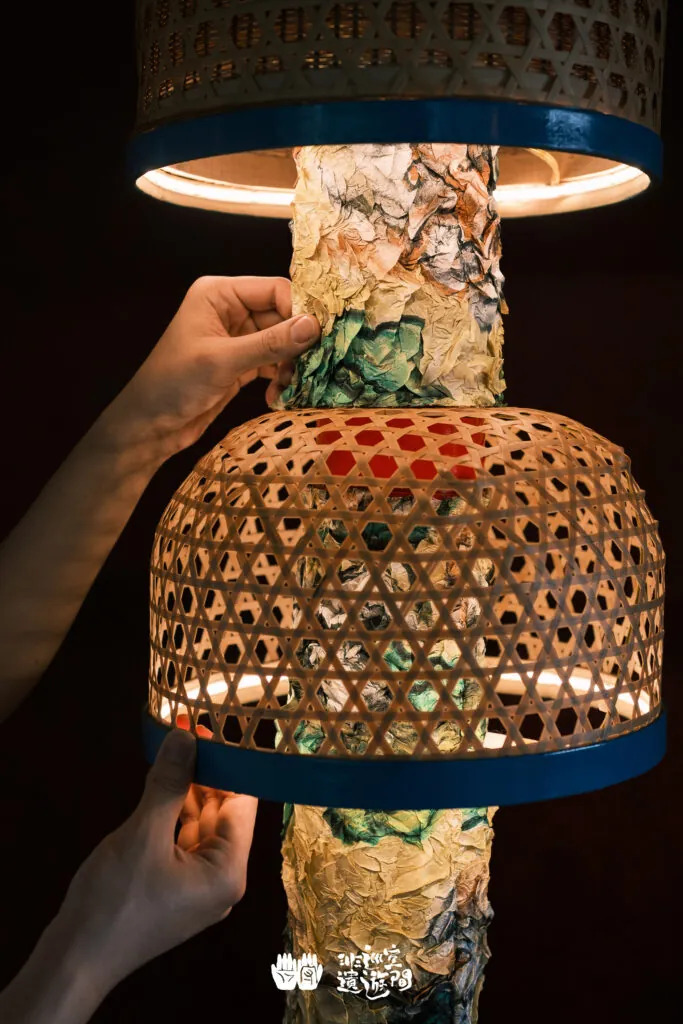
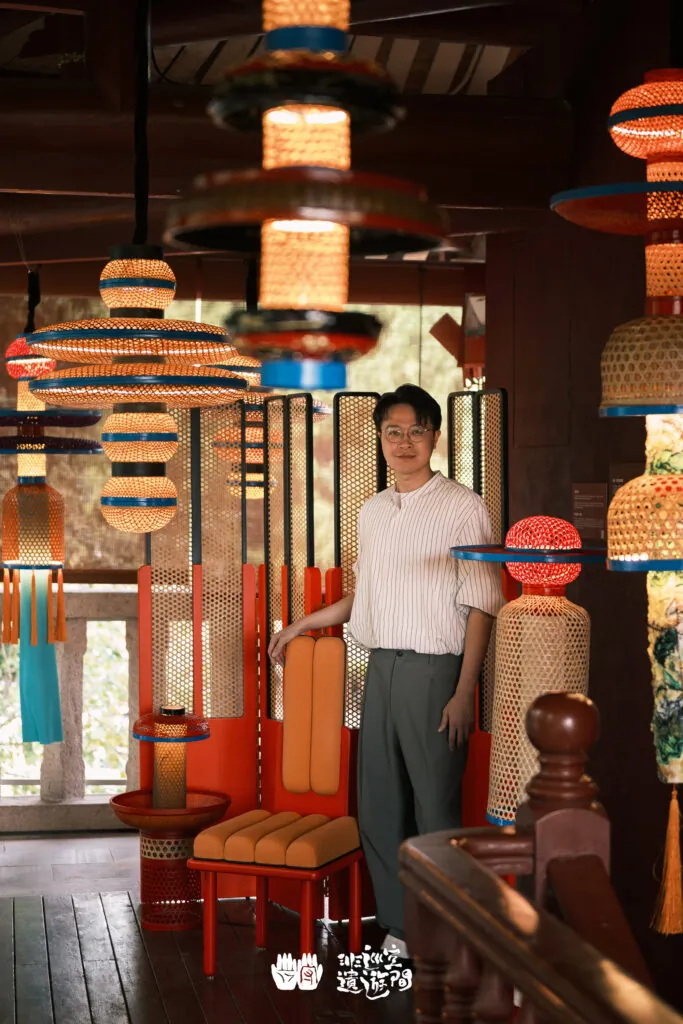
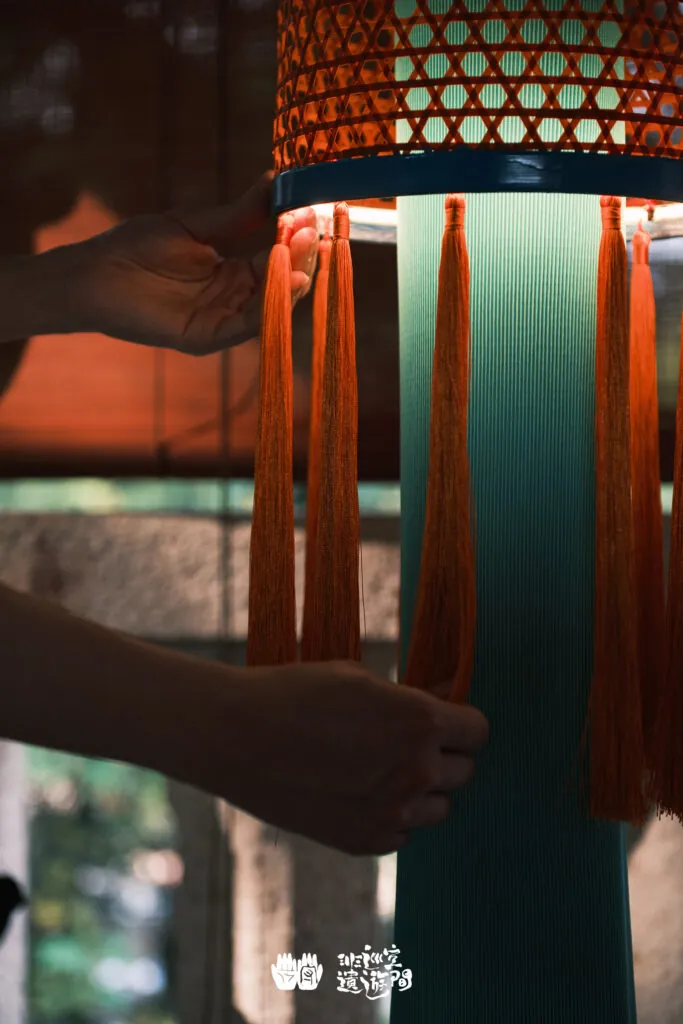
The biggest trend, without a doubt, is the use of intangible cultural heritages (ICHs), globally or nationally recognised, as the key to marketing campaigns. Among these, artisanal and craft items and processes are the most chosen for obvious reasons. They are easier to incorporate into products, like apparel, accessories, and even packaging for other items like tea, as HeyTea did with the Miao silver craft on its cups last year.
The biggest trend, without a doubt, is the use of intangible cultural heritage
Since the Spring Festival was inscribed as an UNESCO intangible cultural heritage, the ICH started to boom even more following its quick growth last year. In 2025, we saw ICH marketing from high-end domestic brands such as DOCUMENTS and BEAST, who brought ICH-inspired items to their concept stores. International luxury brands, such as Qeelin, took Lay Zhang to a Dong Village in Guizhou, Louis Vuitton made a short film in Zhanqi, Huizhou and Gucci took Chinese bamboo crafts to its Bamboo bag exhibition.
Hyper-localisation
This, in a way, is connected to the previous trend, as hyper-localisation often includes regional or ethnic ICHs. Hyper-localisation in marketing is usually executed in one of two ways in China. One is to focus the campaign in higher-tiered cities, such as Shanghai, Chengdu or Hangzhou, where there’s a large enough audience or quickly growing market and use the lifestyle and culture of that city as a fulcrum for the campaign. For example, Camper and Adidas both used the traditional teahouse as the focus of their Chengdu campaign. Indeed, the slow and more relaxed lifestyle of the city is usually the starting point for brands.
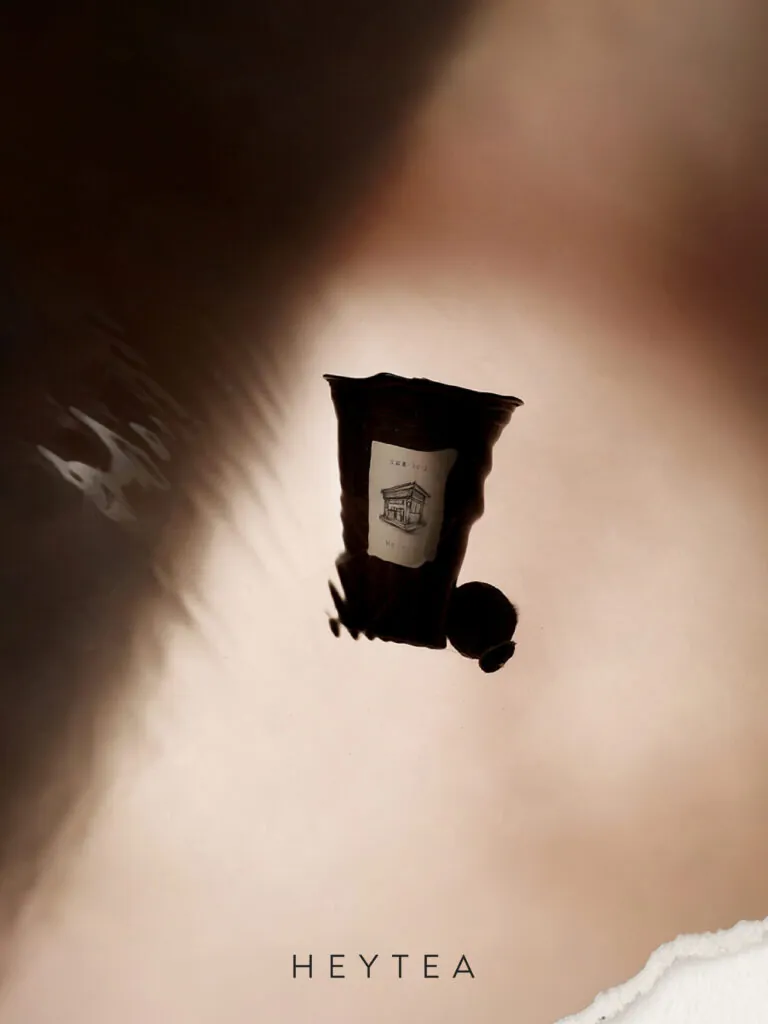

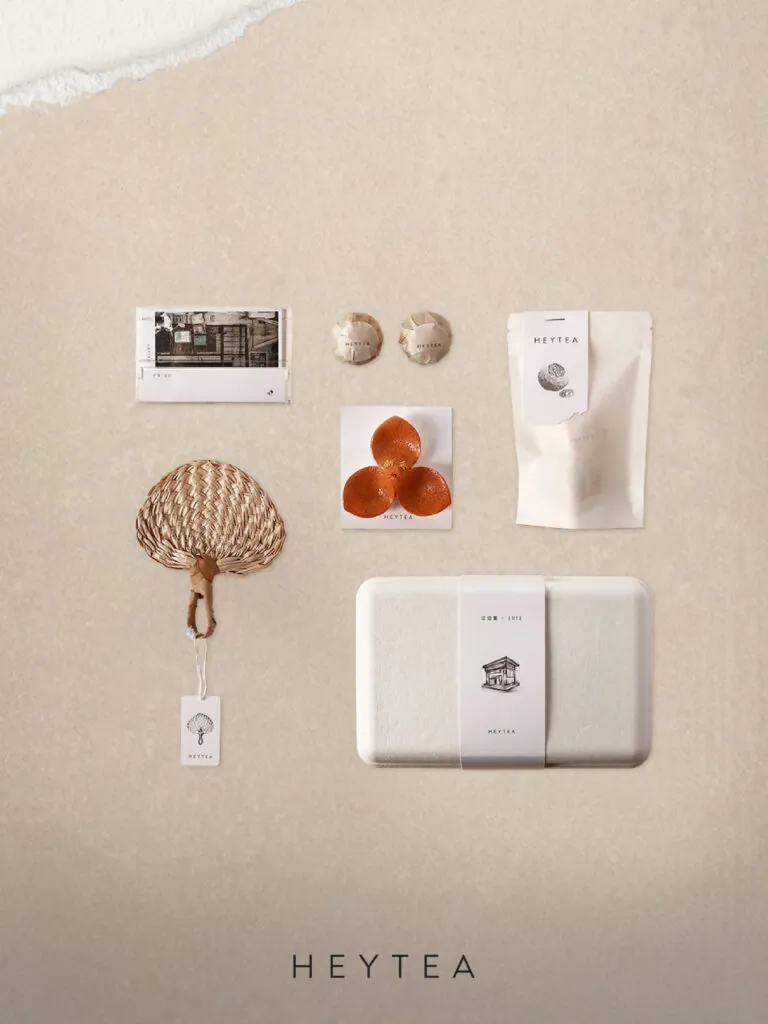
The other way is to bring in the “exotic” customs and crafts, like regional or national ICHs, to the brands’ audiences across China. More than one brand will recruit celebrities or collaborate with publications such as Shang Cheng Shi or Wallpaper. A mini documentary might be produced and sometimes even a collection inspired by the craft.
Ride the waves of memes
nternet culture is the fastest-growing and usually resonates the most with the younger generations
Culture is not limited to traditional or regional. Internet culture is the fastest-growing and usually resonates the most with the younger generations. Currently, one of the most used forms of internet culture is viral memes and stickers. From KFC and McDonald’s “crazy literature” campaigns to major collaborations with sticker collections, internet culture is one of the most effective ways for brands to provide “emotional value” to younger consumer cohorts.
JD.com’s fast reaction to collaborating with the cartoon character GG Bond, after memes comparing its founder Richard Liu to the porcine superhero went viral is a good example of brands riding the meme-tic wave. But GG Bond’s virality is also thanks to the Y2K nostalgia, which is popular among millennials and Gen-Z consumers.
The internet-breaking visit to China by American streamer and YouTuber IShowSpeed was one of the catalysts that brought the “abstract humour” to the mainstream. State-owned media and local television made the visit a sign of friendship between ordinary people of the US and China amid geopolitical tensions. In this sense, Yili’s latest Indian music parody commercial makes a joke of geopolitical tensions, while making use of a viral meme, like its meme-inspired Paris Olympics campaigns which leveraged the international sporting event.
Feminism
Feminism has become a contentious topic today, and it’s not a China-only issue. However, brands are still tapping into women’s rights, as Feminism is called in China, for their marketing, to provide emotional value for their female audiences.
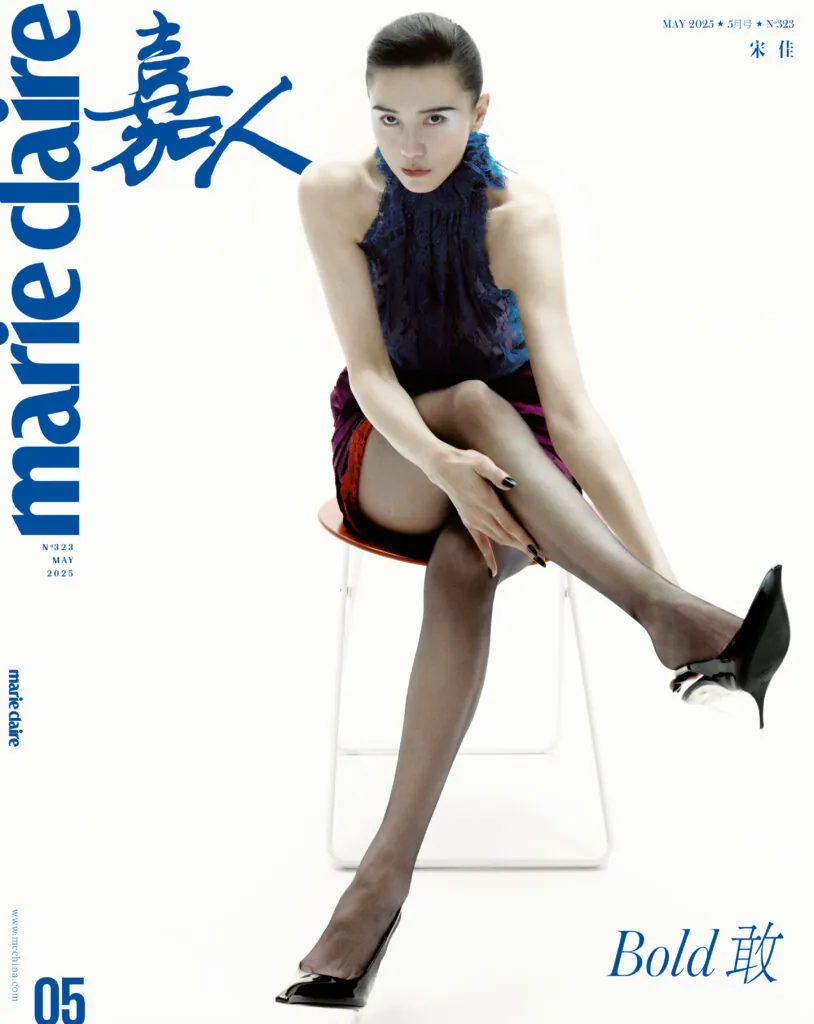
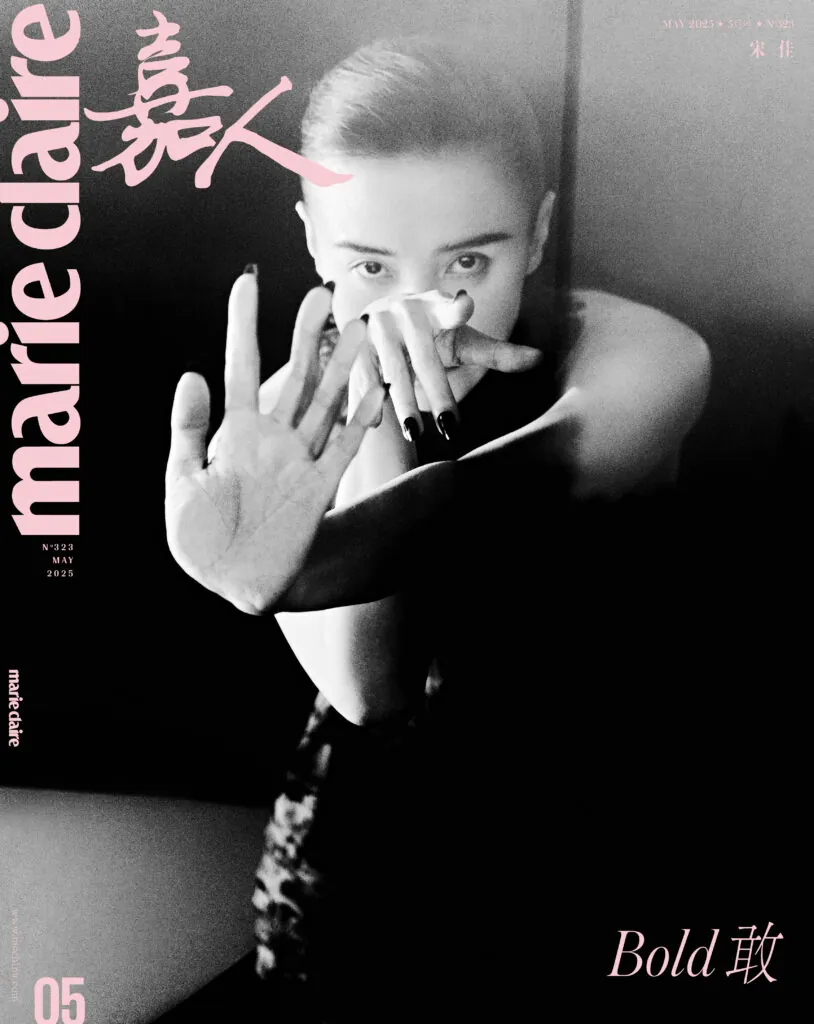
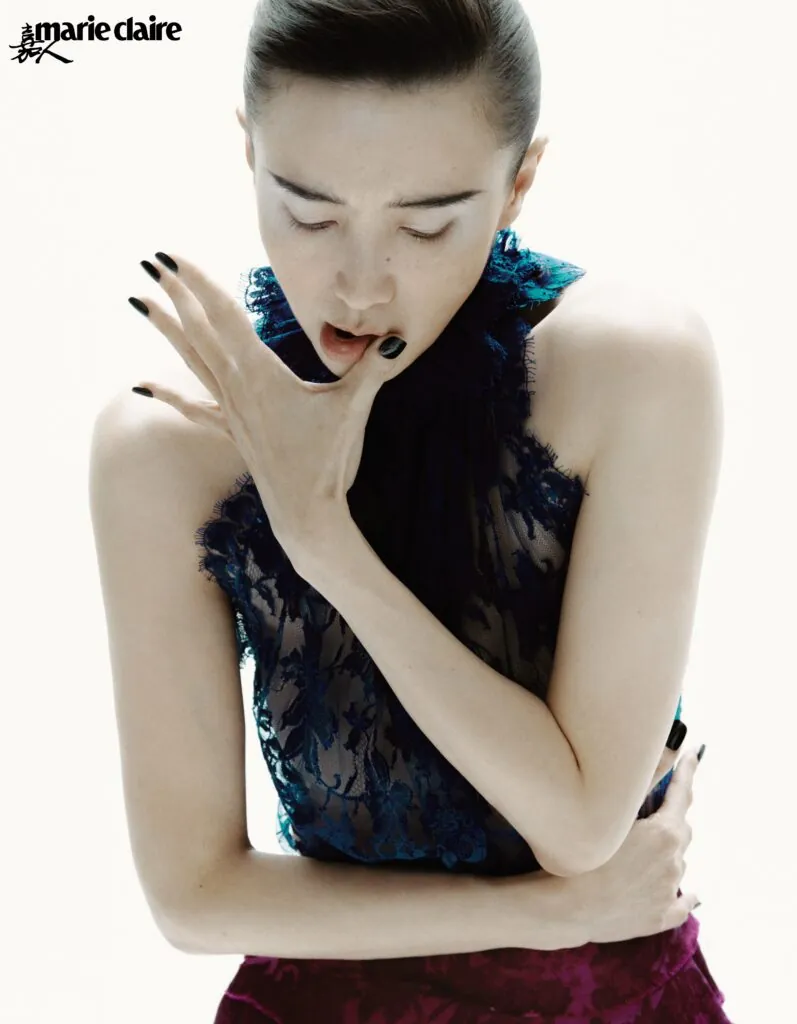
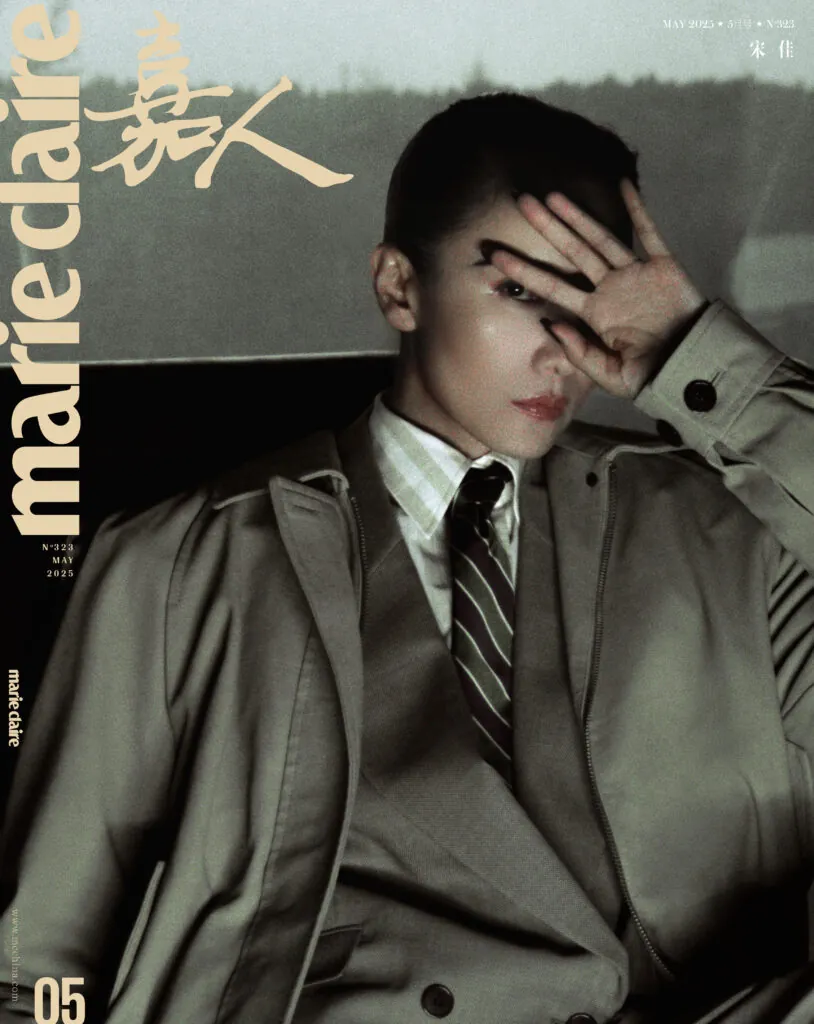
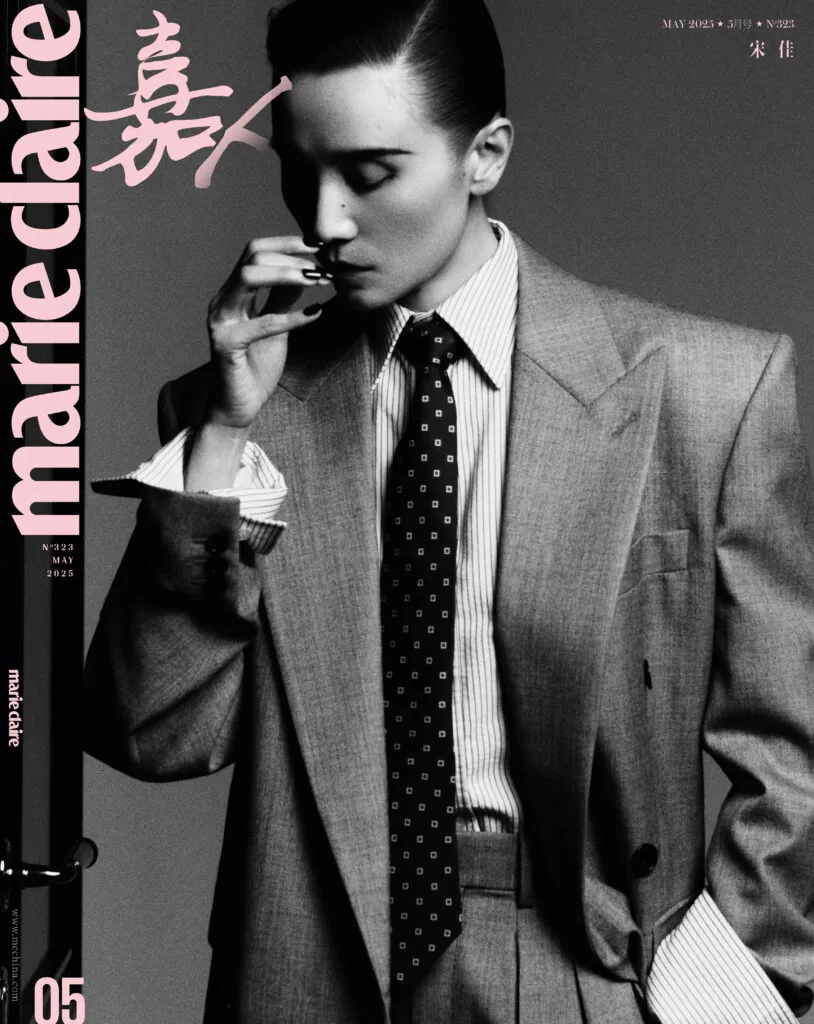

Empowering women is one of the key themes around special days such as International Women’s Day (IWD) and Mother’s Day, as well as some luxury brands that mostly target women consumers. Strong and inspiring female brand ambassadors, such as Chinese actress Jia Ling with Prada and Bottega Veneta, collaborating with poet Yu Xiuhua, are a few notable examples.
Tribal identifications
Brands, especially food and beverage brands, have made collaborations a regular occurrence and IP-based merch, or goods, a sustainable business besides being marketing campaigns. Among them, one of the biggest genres of IPs is the “erciyuan” (二次元, lit 2-dimensional) or ACGN (anime/comics/games/light novels). Indeed, “goods” has already birth the transliteration “谷子” (guzi, lit. grains) that is used to refer to this merch.
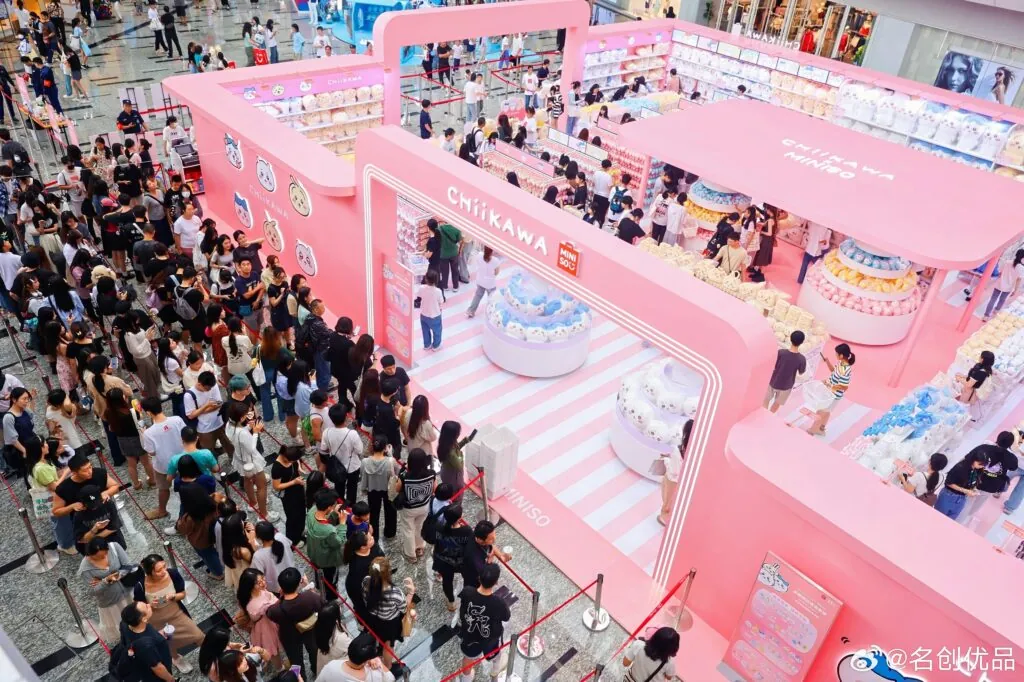


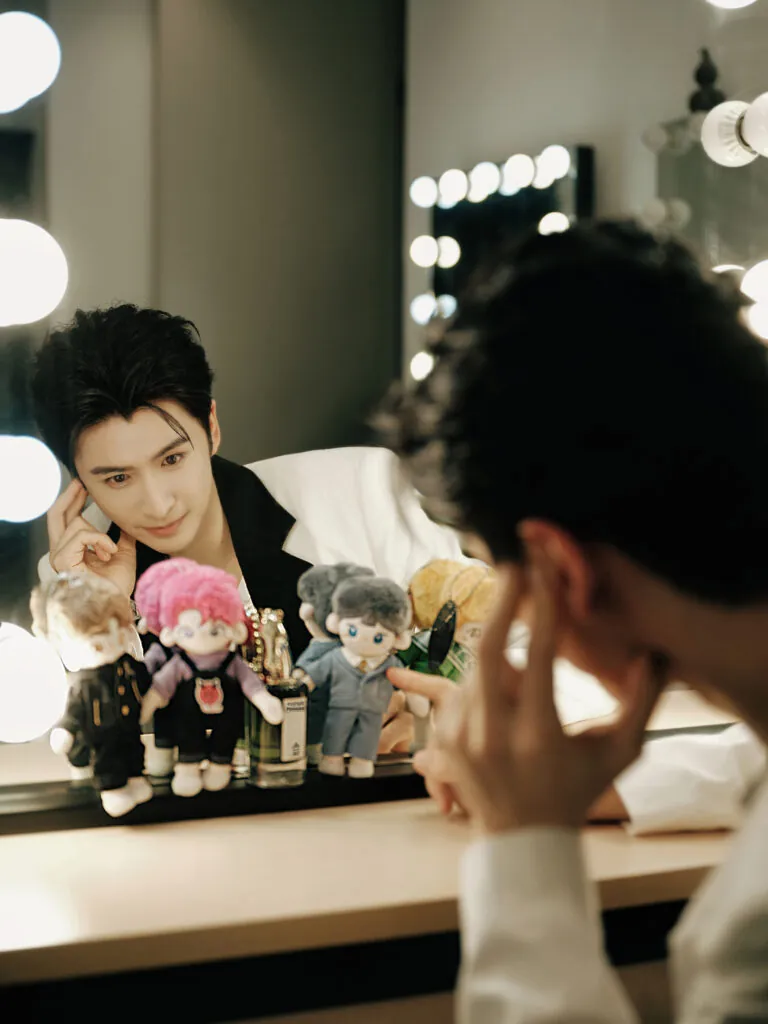

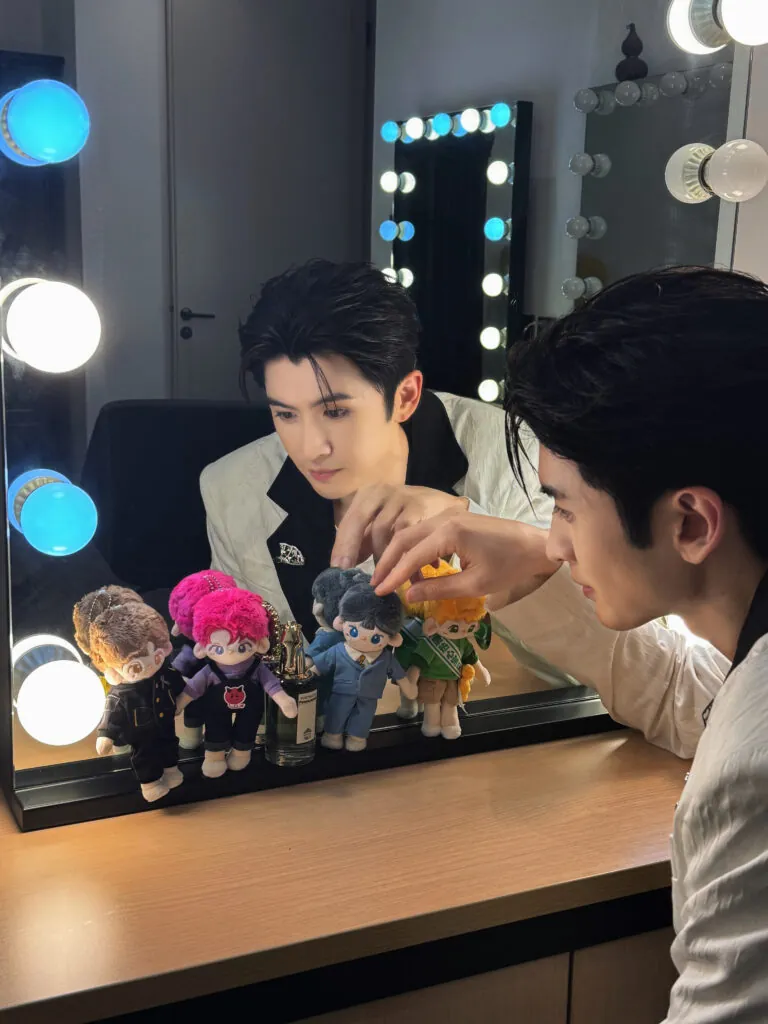
Collaborations with popular anime and games, especially female-oriented otome games, are sometimes simplistically called “dating simulations”. “Pain” bags (ita-bags, meaning bags decorated with erciyuan badges), LABUBU bag charms, Jellycat plushies and “cotton dolls” are some of the hottest sub-categories.
Other trends, such as using intellectuals, literature and cinema as a thread, are often used when targeting educated urban students and young professionals. A similar crowd might also be attracted to experiential marketing from offline pop-ups, exhibitions and takeovers to online documentaries, podcasts and zines.
This cohort, sometimes called “wenyi” (文艺, lit. arty and cultured), sometimes “xiaozi” (小资, lit. petit bourgeois), referring to their sophisticated lifestyle, is often targeted by premium and luxury brands with a cultured brand image. Notably, this type of cultural marketing in China often works in conjunction with female-oriented and empowering campaigns, like these examples from this IWD.
All these cultural marketing tactics in China aim to provide “emotional value” for their audiences, i.e. resonant messaging. This would, of course, mean that the trend needs to cater for the cohort the brands are aiming at. And more importantly, if the campaign fits the brand image and positioning.
Need to boost your China strategy? Dao Pro delivers bespoke insights on marketing, innovation, and digital trends, direct from Chinese sources. Find out more from our Dao Strategy Team here.




